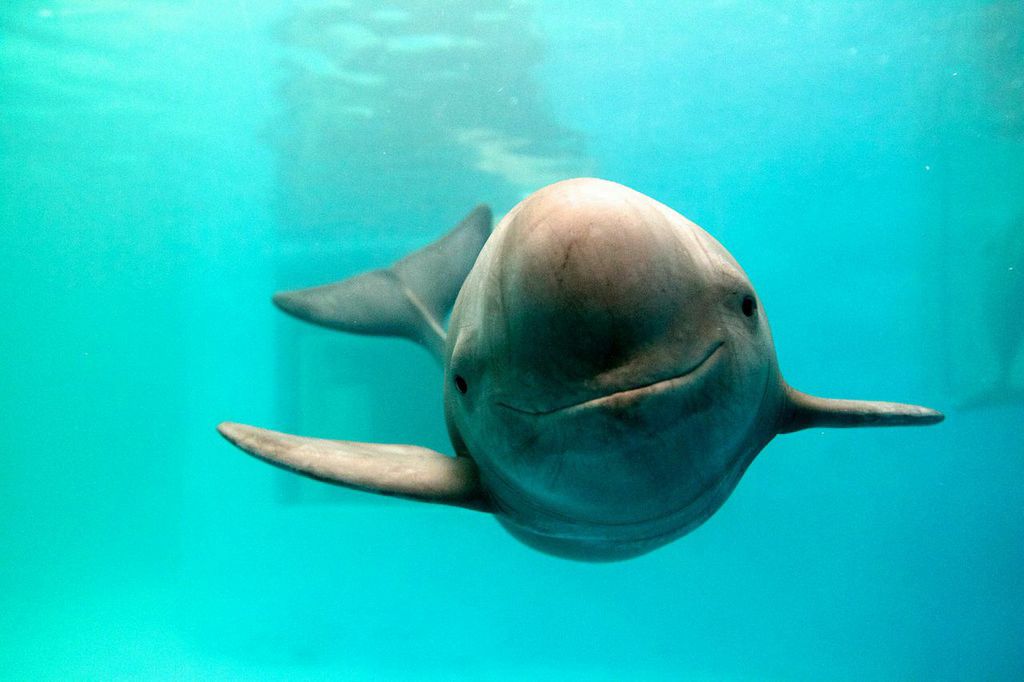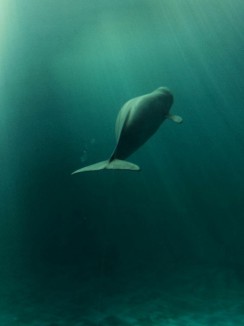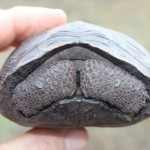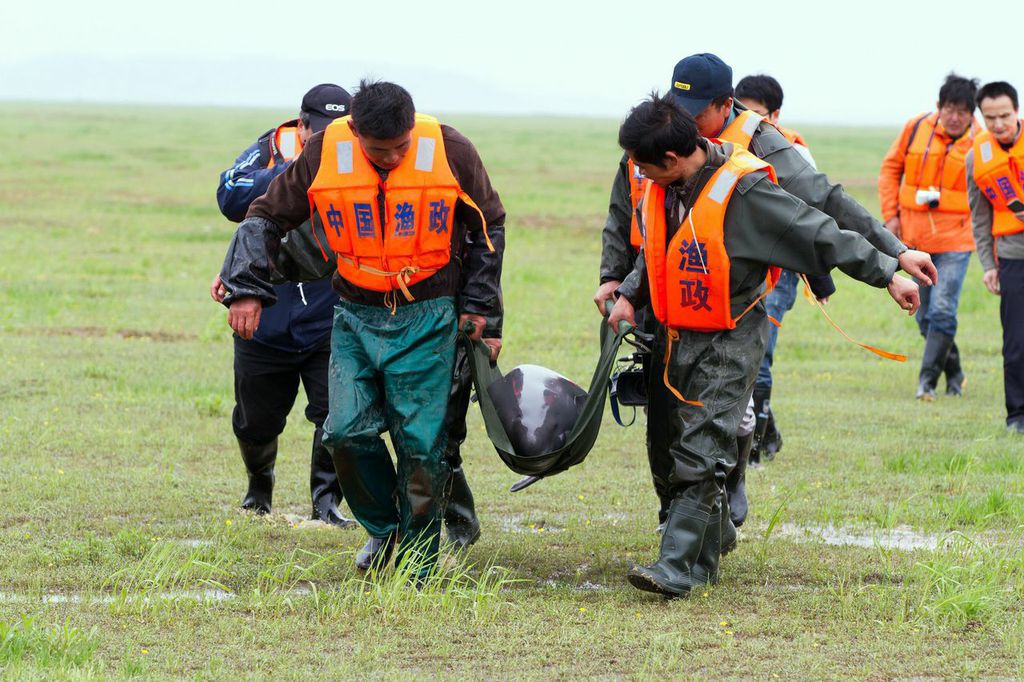
Four Yangtze finless porpoises were released into their new home today, marking the start of an ambitious project to help save the critically endangered species from extinction.
The freshwater porpoises – part of an estimated population of just 1000 – were captured in Poyang Lake in eastern China before being safely moved 400 km to the He-wang-miao/Ji-cheng-yuan oxbow reserve, where they will start a new population.
Four other finless porpoises from Poyang Lake are also being translocated to a second location, the Tian-e-Zhou Oxbow Nature Reserve, to boost the genetic diversity of its small population.
“Based on current numbers and rate of decline for this subspecies, the Yangtze finless porpoise will likely be extinct in the next 5-10 years,” said Dr Wang Ding, Researcher at the Institution of Hydrobiology of the Chinese Academy of Science, which is leading the translocation project. “To prevent the finless porpoise from suffering the same fate as the Baiji Dolphin, which is now extinct in the Yangtze River, we must focus on translocation, while also working to conserve the porpoise’s natural habitat.”
 WWF China CEO Lu Sze Ping called it a historic moment. “By conserving the finless porpoise, we are also helping to conserve the ecosystem of the Yangtze River.”
WWF China CEO Lu Sze Ping called it a historic moment. “By conserving the finless porpoise, we are also helping to conserve the ecosystem of the Yangtze River.”
WWF has been working with the Chinese government and partners for years to protect and enlarge finless porpoise habitats, studying and preparing the new site, as well as training the staff.
A thriving new population is critical to the species’ survival because its numbers are falling by up to 13.7% per year due to the environmental impact of human activities along the Yangtze including shipping, sand mining, dredging, pollution, and illegal fishing.
The omens for success are good following the success of a previous translocation in the 1990s, under the leadership of the Ministry of Agriculture.
In the following 20 years, while finless porpoise numbers plummeted in the main river, the population in the Tian-e-zhou oxbow slowly increased to 45, with up to six babies now born each year. But the oxbow is approaching its carrying capacity, another reason why the new porpoise expansion site is so vital and timely.
Baby Tortoises Born on Galapagos Island for First Time in 100 Years
The He-wang-miao/Ji-cheng-yuan oxbow is home to 34 fish species and boasts good quality water and the right environmental conditions for the porpoises.
This week’s translocation is the first step in a long process with hopes that the He-wang-miao/Ji-cheng-yuan oxbow could eventually be home to 100 Yangtze finless porpoises. Together with Tian-e-zhou oxbow, the new site will form part of a network of finless porpoise reserves that will not only protect viable populations but also allow individuals to be exchanged between them to maintain the species’ overall genetic diversity.
“Conserving this beautiful species is not an overnight task but we hope that today’s milestone will mark the start of a bright new chapter for the finless porpoise and a healthier Yangtze,” said Malini Thadani, Head of Corporate Sustainability, Asia Pacific at HSBC, which has supported WWF’s work along the Yangtze for over a decade.
All Photo credits: WWF (top) KentTruog
SHARE it Forward (below)…




















